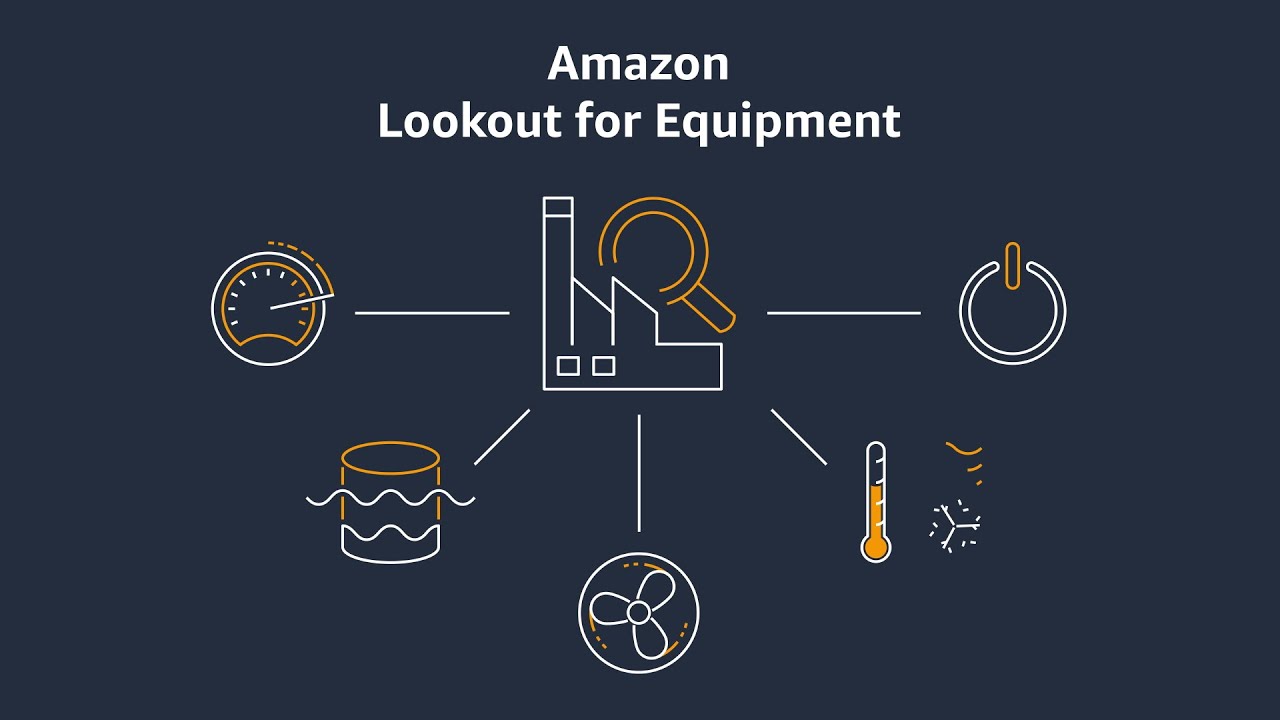Unleashing the Power of Amazon Lookout for Equipment in AWS: A Beginner's Guide
 Sumit Mondal
Sumit Mondal
Introduction:
In the ever-evolving world of technology, businesses are constantly seeking innovative solutions to enhance their operational efficiency. Amazon Web Services (AWS) is at the forefront of providing cutting-edge tools, and one such tool that stands out is Amazon Lookout for Equipment. This service leverages machine learning to detect anomalies in equipment behavior, helping organizations prevent unexpected downtime and optimize their operations.
Understanding Amazon Lookout for Equipment:
Amazon Lookout for Equipment is a fully managed service that utilizes machine learning models to monitor the health and performance of industrial equipment. Whether it's monitoring a production line, detecting irregularities in machinery, or predicting potential failures, Lookout for Equipment provides a robust solution to keep your operations running smoothly.
Getting Started:
Setting Up an AWS Account: Before diving into Amazon Lookout for Equipment, ensure you have an AWS account. You can sign up on the AWS website and follow the on-screen instructions to create your account.
Accessing Amazon Lookout for Equipment: Once your AWS account is set up, navigate to the AWS Management Console. Look for the "Amazon Lookout for Equipment" service and click on it.
Creating a Project: Start by creating a project within Lookout for Equipment. A project is a container for your models and data. Give your project a descriptive name and proceed to the next steps.
Examples:
Let's explore a couple of scenarios to better understand how Amazon Lookout for Equipment works.
Example 1: Monitoring Conveyor Belt Anomalies: Suppose you run a manufacturing plant with a conveyor belt system. You can use Lookout for Equipment to monitor the health of this system.
Create a dataset: Upload historical data related to your conveyor belt's performance.
Train a model: Let Lookout for Equipment analyze the data and train a machine learning model.
Start monitoring: Once the model is trained, set up continuous monitoring to detect anomalies in real-time.
Example 2: Predictive Maintenance for Motors: If your business relies on motors for various processes, Lookout for Equipment can help predict potential failures.
Collect data: Gather historical data on motor performance, including factors like temperature, vibration, and power consumption.
Train the model: Use Lookout for Equipment to train a model based on this data.
Receive alerts: Once the model is operational, you'll receive alerts when the system detects anomalies, allowing for proactive maintenance.
Benefits of Amazon Lookout for Equipment:
Reduced Downtime: Identify potential issues before they lead to equipment failure, minimizing downtime and ensuring continuous operations.
Increased Efficiency: Optimize equipment performance by leveraging insights from Lookout for Equipment to make data-driven decisions.
Cost Savings: By preventing unexpected breakdowns and optimizing maintenance schedules, businesses can save on repair costs and improve overall cost-efficiency.
Conclusion:
Amazon Lookout for Equipment in AWS is a game-changer for businesses looking to stay ahead in the competitive landscape. With its user-friendly interface and powerful machine learning capabilities, even beginners can harness the potential of this service to enhance equipment reliability and operational efficiency. Embrace the future of industrial monitoring with Amazon Lookout for Equipment and revolutionize the way you manage your machinery.
Subscribe to my newsletter
Read articles from Sumit Mondal directly inside your inbox. Subscribe to the newsletter, and don't miss out.
Written by

Sumit Mondal
Sumit Mondal
Hello Hashnode Community! I'm Sumit Mondal, your friendly neighborhood DevOps Engineer on a mission to elevate the world of software development and operations! Join me on Hashnode, and let's code, deploy, and innovate our way to success! Together, we'll shape the future of DevOps one commit at a time. #DevOps #Automation #ContinuousDelivery #HashnodeHero